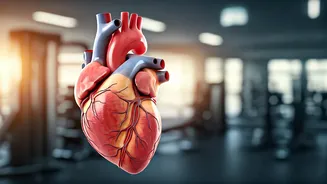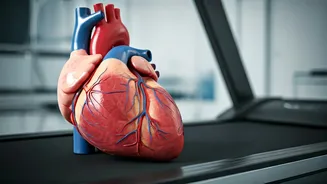Exercise's Gender Dynamics
The study, a landmark in its field, focused on the different effects of exercise on men and women. Researchers observed distinct outcomes, particularly
highlighting certain advantages women experience. These results challenge existing assumptions and open up new avenues for understanding the relationship between physical activity and gender-specific health outcomes. This research has generated significant interest among health professionals and fitness enthusiasts alike, prompting discussions about personalized exercise regimens and the need to tailor fitness programs to individual needs based on gender. The findings encourage women to embrace exercise, emphasizing its unique potential to enhance their overall health and vitality.
The One Key Edge
The research pinpointed a particular area where exercise offered women a notable advantage over men. While specific details might vary based on the study's methodologies and the specific exercises analyzed, the fundamental concept remains consistent. It suggests that women might experience benefits in a way that differs from men, potentially related to aspects like muscle composition, hormonal responses, or metabolic processes. This crucial edge could manifest in various forms, such as improved cardiovascular health, enhanced cognitive function, or a reduced risk of certain diseases. The implications of this study are profound, highlighting the necessity of designing exercise strategies that are gender-sensitive and cater to the specific needs of women, thereby maximizing the positive impact of physical activity.
Implications and Future
The study's findings have substantial implications for health and fitness strategies. It emphasizes the importance of personalized approaches to exercise, taking into account the unique physiological characteristics of both men and women. For women, this may entail focusing on exercises that specifically leverage their biological advantages, optimizing workouts for maximum effectiveness. Future studies are likely to build upon these results, exploring in greater depth the underlying mechanisms that drive these gender-specific responses to exercise. This could involve investigations into the role of hormones, genetic factors, or the interaction between different organ systems. Ultimately, the goal is to create more effective, targeted exercise programs that empower both men and women to achieve their health and fitness goals. This will contribute to a more nuanced and informed understanding of the benefits of exercise for all.











